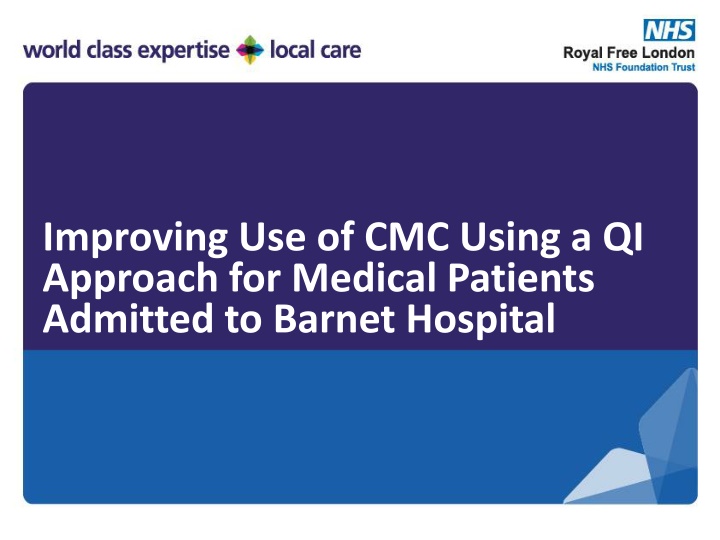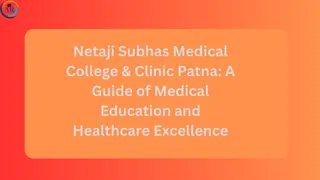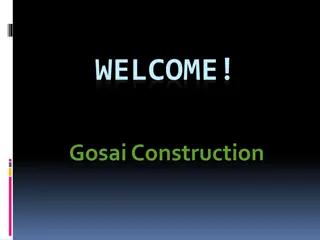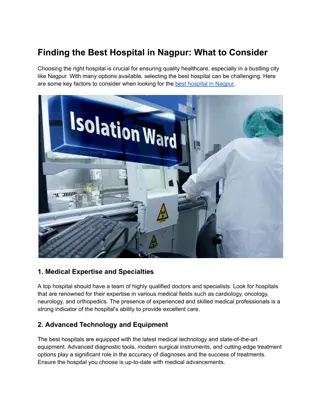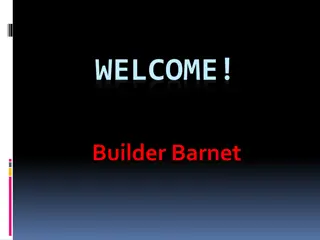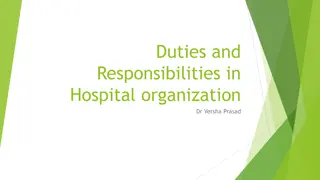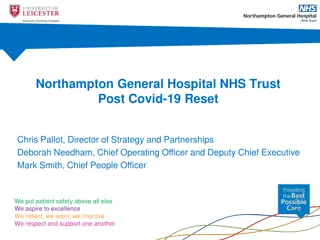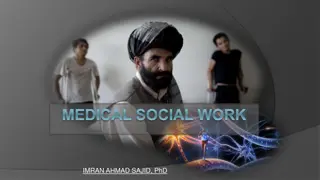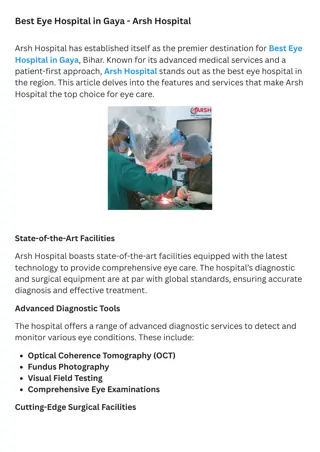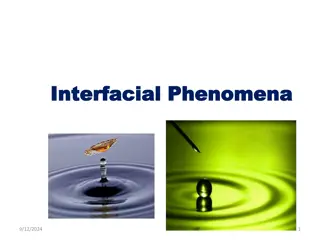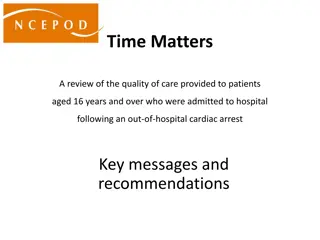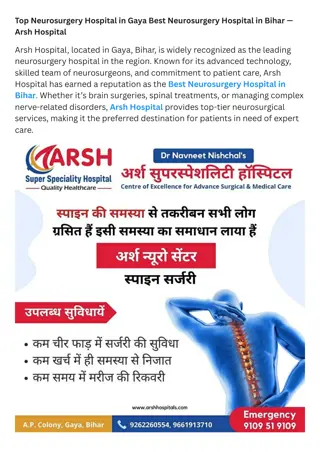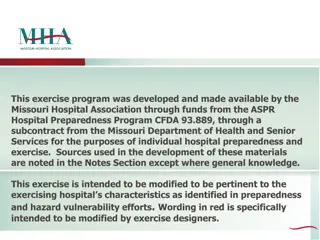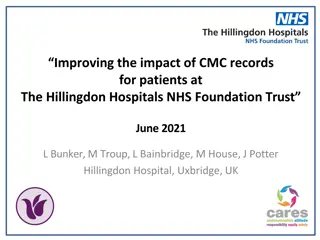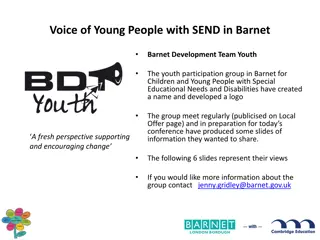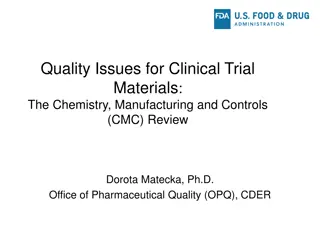Improving CMC at Barnet Hospital: QI for Medical Patients
Implementing a Quality Improvement (QI) approach at Barnet Hospital to enhance the use of computer-mediated communication (CMC) for medical patients admitted. The project focuses on optimizing communication strategies to improve patient care outcomes and overall experiences during hospital stays. By utilizing QI methods, this initiative aims to streamline CMC practices, ensuring efficient and effective communication between healthcare providers and patients.
Download Presentation

Please find below an Image/Link to download the presentation.
The content on the website is provided AS IS for your information and personal use only. It may not be sold, licensed, or shared on other websites without obtaining consent from the author.If you encounter any issues during the download, it is possible that the publisher has removed the file from their server.
You are allowed to download the files provided on this website for personal or commercial use, subject to the condition that they are used lawfully. All files are the property of their respective owners.
The content on the website is provided AS IS for your information and personal use only. It may not be sold, licensed, or shared on other websites without obtaining consent from the author.
E N D
Presentation Transcript
Improving Use of CMC Using a QI Approach for Medical Patients Admitted to Barnet Hospital
Team Kristin Goffe (Registrar) Jo Wilson (Consultant Nurse, Palliative Care) Tim Gluck (Consultant Geriatrician) Jo Brady (Consultant, Palliative Care) Adrian Burns (Operations Manager) Geetika Singh (Patient Safety CPG Programme Manager) Core Group: Carmel Bergbaum, Hannah Petra, Molly Stewart, Eleanor Wilson, Beth Crocker Thanks also to Goreti Duarte, Medical Staffing team, Medical Education team.
Introduction Acute hospital serving a large older population CMC in use in our area and it is integrated into the hospital electronic patient record CMC not consistently accessed on admission, nor updated on discharge A risk of ignoring patient wishes and documented care plans An unmet need amongst our patients We used a quality improvement approach to increase use of CMC
Project scoping Explored current practice and barriers and mapped the patient pathway Key issues: Access Experience, confidence and training Time Baseline data and user validation Driver diagram
Measures Outcome measures: Views of CMC (monthly) Publish and updates (monthly) Process measures: Number of users Number of users logging in per month Number of people trained
Interventions Jan Feb Mar Apr May Jun Local teaching Drop-ins Mentoring Quick-guide to gain access Posters Ward surveys and support Core Group: Carmel Bergbaum, Hannah Petra, Molly Stewart, Elle Wilson, Beth Crocker
Processes Embedding training for new starters e-classroom face-to-face at induction Trust guideline Closing of records Managing reporting and user lists
Results 53 people attended departmental teaching and drop-ins. The number of users actively utilising their accounts showed a steady increase (25->42 users) Spot check surveys of staff in the Department of Medicine (N=45-60) - percentage with access to CMC increased from 37% to 53% - 68% reporting having accessed the system within the last two months.
Learning and Future Actions Further training sessions including in the emergency department, junior doctor changeover, allied healthcare professionals Face-to-face training and user support Understanding the barriers for users Evaluation of new e-classroom and induction training is this effective to sustain change? Involving different teams and disciplines, including operations team to embed interventions Mentoring and supporting CMC champions Extremely helpful to have funded time for this role to concentrate on such an important aspect of care for our patients. Exploring barriers further and patient feedback Simulation training courses in Advance Care Planning The Elephant in the Room for 120 healthcare professionals. Aiming to Increase skills and confidence. An opportunity to build relationships and learning between specialties and disciplines. A complex problem needing ongoing efforts to make and sustain change.
